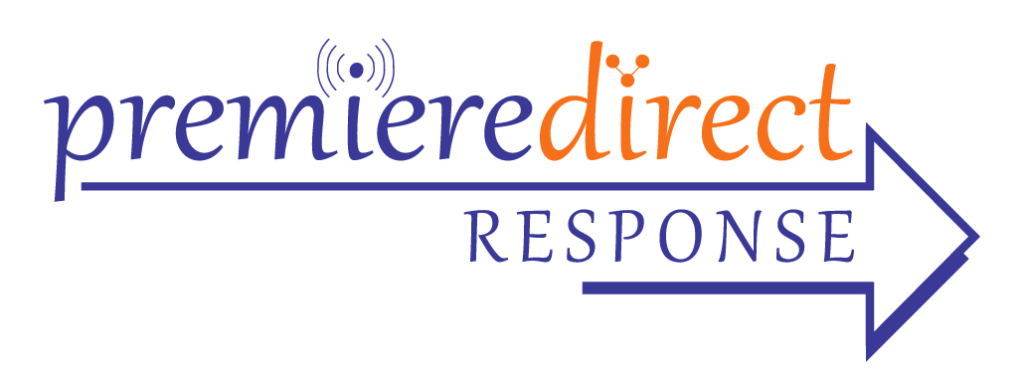As consumers increasingly turn to podcasting for information, entertainment and a connection to the world, the platform’s popularity has now reached a critical juncture: One in four Americans has listened to a podcast in the past month, according to Edison Research.
Advertisers are taking notice of this robust audience, with more than two-thirds of media decision makers having discussed podcasts, according to a study from Advertiser Perceptions. New research to help them increase listener engagement and brand impact now comes via Westwood One’s Fall 2018 “Podcast Download,” released Thursday. The study of weekly podcast listeners and their perceptions about the advertisements they hear within podcasts was conducted in conjunction with Maru/Matchbox and Vision Critical. It includes a sample of 600 online respondents 18+ fielded from July 16-23, 2018.
The number of those who listen to at least one hour of podcasting a week has now reached 17% of all Americans, while heavy podcast listeners account for 7%, who tune in to more than 6 hours a week. Heavy listening is on the rise: In July 2017, 36% of all weekly podcast listeners were “heavy,” while in July 2018, 43% considered themselves heavy listeners, a lift of 19% year over year.
On average, Gen X-ers (35-49) who are weekly podcast listeners spent 5.9 hours per week listening to podcasts in July 2017, compared to 7.2 hours per week in July 2018; resulting in a lift of 22%. Over the same period, Millennial weekly podcast listeners were up 7%. Women saw a lift of 20%, compared to men’s increase of +3%. The overall weekly podcast audience skews male, at 55%; and is most popular with Millennials, at 51% (followed by Gen X, 31%; Boomers, 14%; and Seniors, 5%). Among heavy listeners, income is on the upper end, with 78% making more than $75,000.
Devices used to access podcasts are shifting, according to the Westwood One report, with 44% of heavy listeners utilizing an in-car internet-connected audio entertainment system, compared with 38% in July 2017. Smart speaker usage for podcast listening has grown 23% from last year. Since July 2017, smart speaker adoption for podcast listening has grown 67% among women and 88% among Boomers. Yet, using smart speakers for podcast listening is the highest among heavy podcast listeners; close to half (44%) say they use one.
Looking at advertiser consideration and use of podcast advertising, according to Westwood One/Audioscope, 70% surveyed said they have discussed podcast advertising as a potential media investment. This figure is steadily rising, compared with 41% in September 2015, 58% in July 2016 and 68% in May 2017. Likewise, 43% say they’ll consider podcast advertising in the next 6 months, compared with 18% in 2015. Asked how many currently advertise in podcasts, 32% say yes, compared with 15% in 2015.
The study also found that podcast ad exposure definitely “drives greater purchase activity and social engagement” among heavy listeners. More than half of heavy podcast listeners took some type of action involving a product or service they have heard advertised in a podcast. A majority (66%) of heavy podcast listeners searched online for more information after hearing the advertisement in a podcast, up 6% year over year. As well, 55% followed the product or service on social media; 57% purchased the product; and 54% used a promotional code at checkout when purchasing the product or service. The figures are all up double digits since 2017.
Another interesting factoid: heavy podcast listeners were “comfortable” hearing 4.8 ads during a 60-minute podcast; 4.5 ads during a 30-minute podcast; and 4.3 ads during a 15-minute podcast. That tolerance has increased year over year: 13% more in 2018 than 2017 say the ads are engaging, 16% more say the ads are relevant, 16% say ads are memorable, 20% like the ads, and 23% “go out of their way” to support brands that advertise on favorite podcasts.
Weighing in on the debate between host-voiced ads versus pre-produced ads, “given a choice, 48% of weekly podcast listeners would prefer to hear an ad voiced by the show’s host versus an ad that sounds like one heard on AM/FM radio.”

